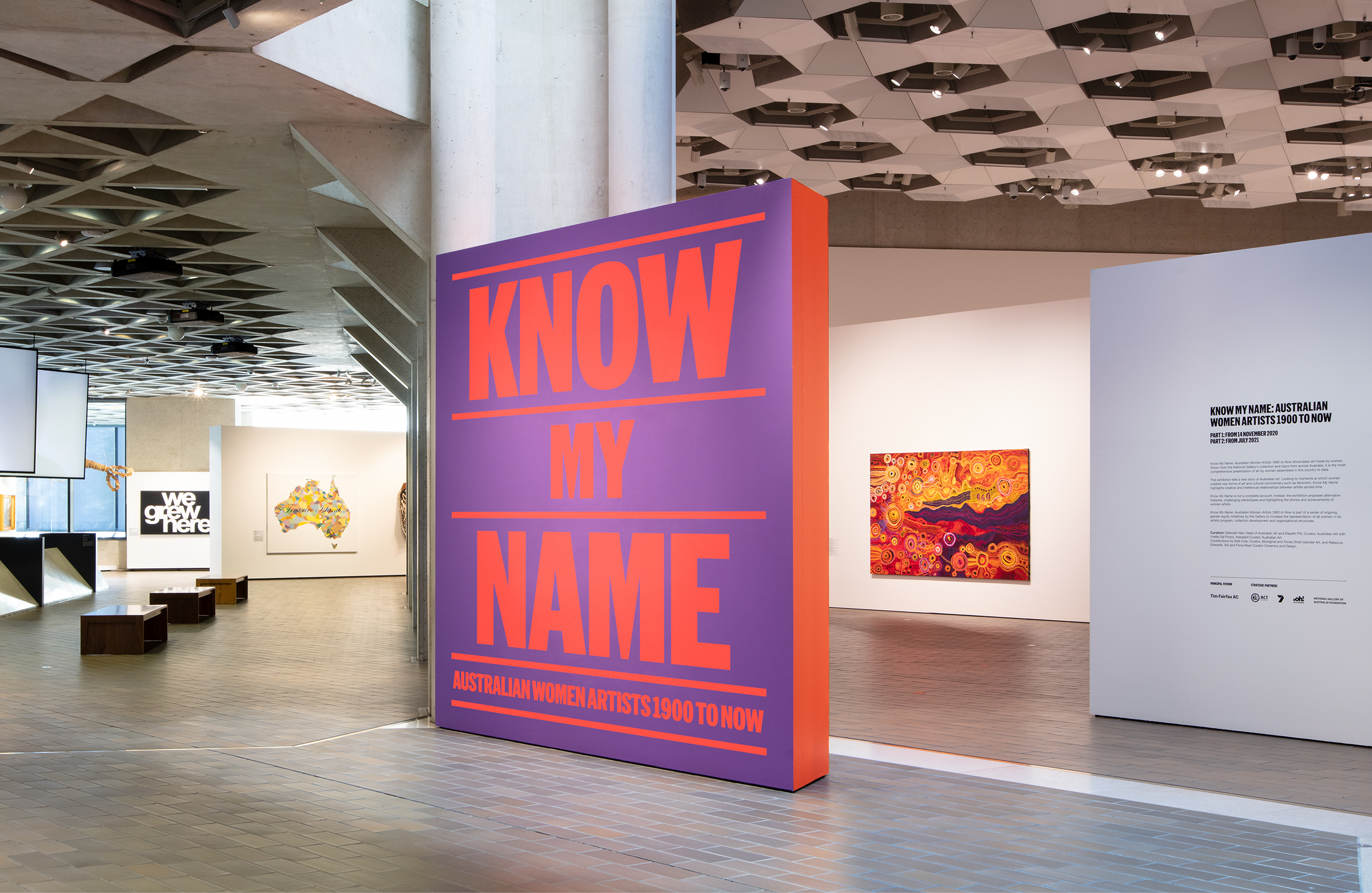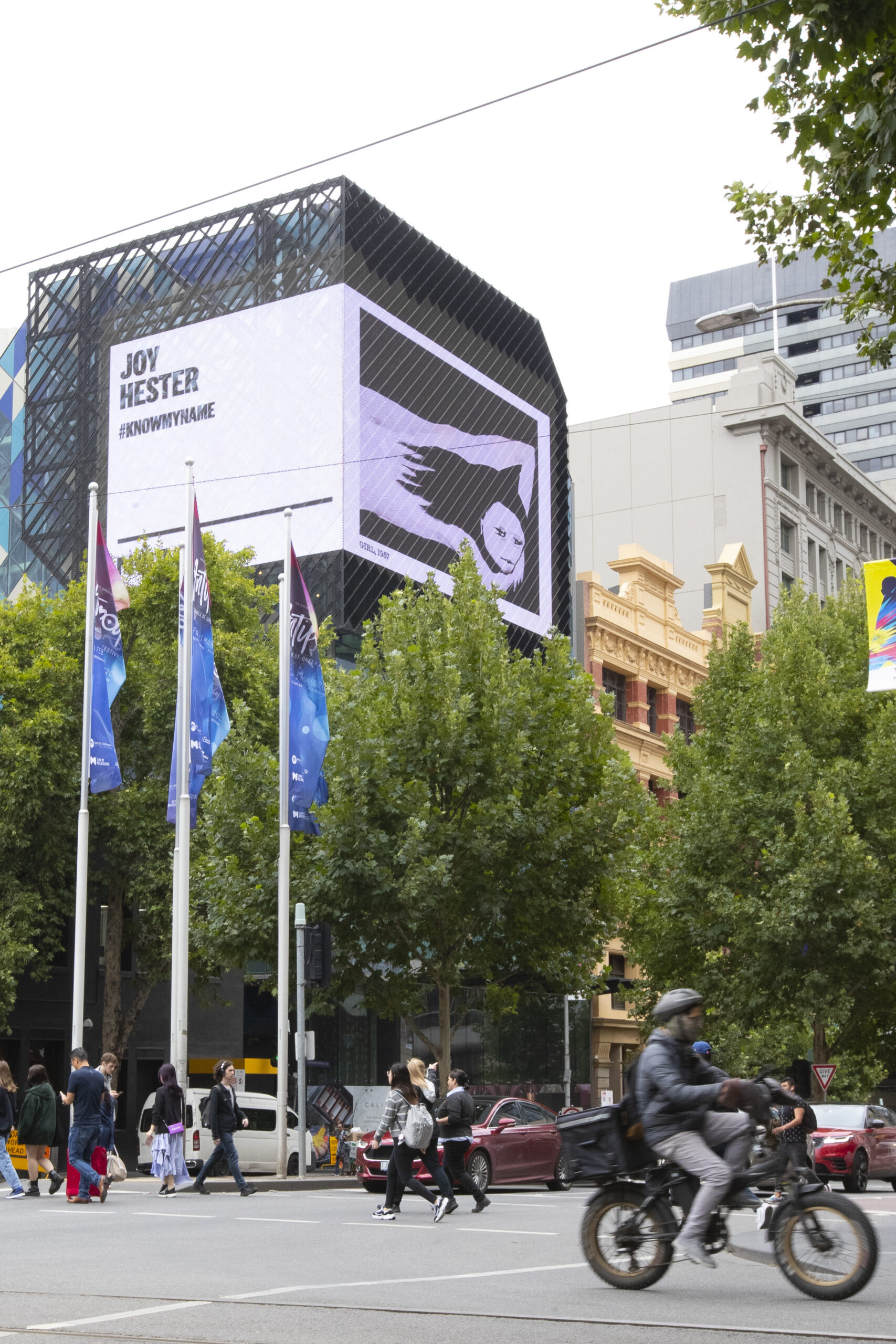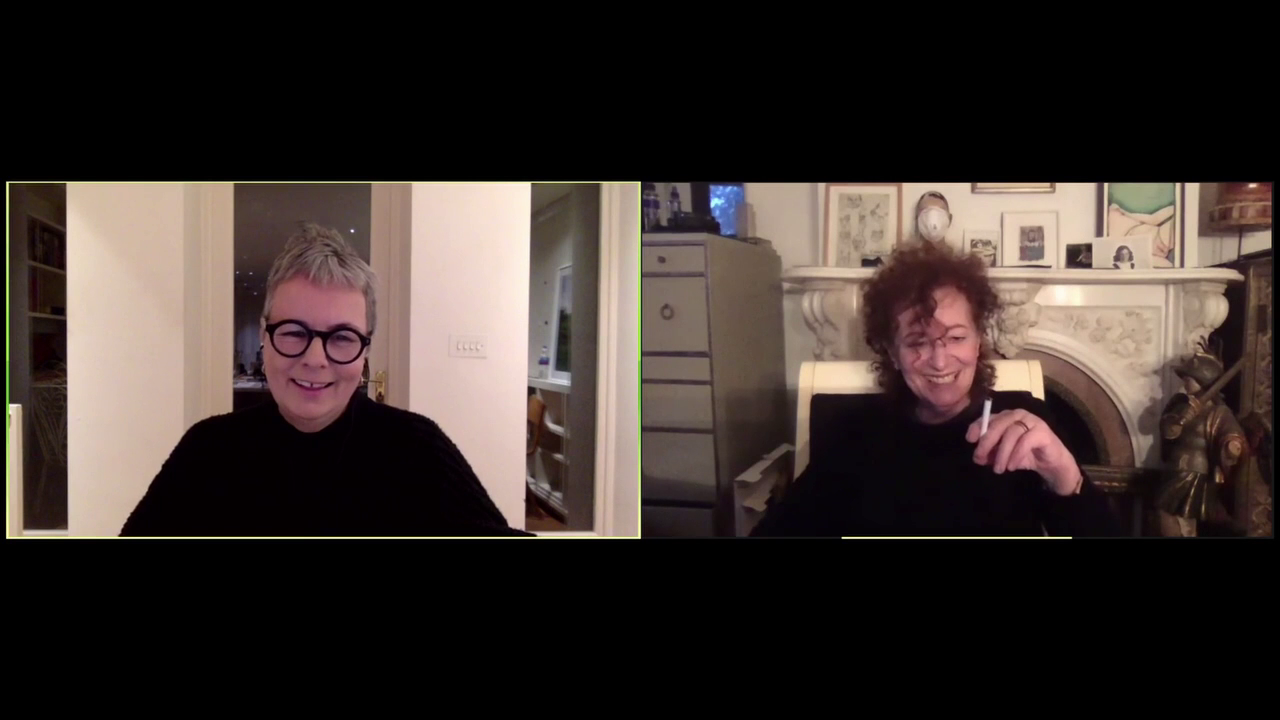09.03.2021News
Know My Name: Australian Women Artists 1900 to Now

A defining moment in the history of the National Gallery of Australia, Know My Name asserts the Gallery’s new mission to lead a progressive and inclusive cultural agenda. The initiative aims to increase the representation and understanding of artists who identify as women through a series of events, commissions, creative collaborations, publications, partnerships and exhibitions including Know My Name: Australian Women Artists 1900 to Now on view from 14 November 2020 to 4 July 2021.
Studio Ongarato was privileged to be brought on board to devise the identity, campaign, website and multi-platform for the culturally significant initiative. Accompanying the exhibition is a major publication, Know My Name, designed by Studio Ongarato and published by the National Gallery of Australia which delves into the histories and inspirations of a cross-section of Australian women artists. Designed by Studio Ongarato and published by the National Gallery of Australia, the book is available at knowmyname.nga.gov.au
Natasha Bullock, Assistant Director, Artistic Programs, National Gallery of Australia and Elspeth Pitt, Co-Curator, Know My Name: Australian Women Artists 1900 to Now talked to Studio Ongarato about the initiative and what it hopes to achieve.
Studio Ongarato: What was the impetus behind the Know My Name initiative for the National Gallery of Australia and what are you hoping it will achieve?
Elspeth Pitt: We pitched a major survey of art by women in February 2019. In part, this was a response to the Me Too movement. The broader initiative – which includes a forward commitment to gender parity in our acquisitions and artistic programs followed soon after. We want to see women artists known and celebrated by a broad public in the same way as artist like Sidney Nolan, Tom Roberts and Brett Whiteley.
The Know My Name: Australian Women artists 1900 to Now exhibition which opened on 14 November 2020 features over 350 women artists, who are the artists that stood out for you?
EP: They all stand out in different ways! But there have been some wonderful moments. Like the time Miriam Stannage’s 1970 painting Aurora emerged like a beacon of light when I first saw it in a Perth warehouse; or a morning spent with the sister of the pioneering feminist/queer artist Frances Budden Phoenix during which we unearthed delicate lace and doyley works held in her Estate; or unwrapping Noŋgirrŋa Marawili’s towering barks during installation, and watching them come alive and command the space.
Natasha Bullock: One of the highlights of the Know My Name schedule of exhibitions is without doubt Patricia Piccinini’s Skywhale family. The work is magical, who would have imagined that a floating whale in the sky would be so beautiful. The other powerful aspect to this work is that it’s not bound by gallery walls, it flies outside of the institution and in that sense it is probably the most democratic work of art the National Gallery has in its collection.
Are there any stories that were particularly compelling?
EP: Yes, Badimia/Yamatji artist, Julie Dowling’s work Making her mark is a work that brings me to tears. Dowling paints her great-grandmother, Mary Latham (née Oliver) as a beautiful young woman who practices writing her name in a workbook. In reality, she was unable to write in English. As a result, Mary Latham was limited in her ability to protest the government-sanctioned removal of her children, who were among the Stolen Generations.


We want to see women artists known and celebrated by a broad public in the same way as artist like Sidney Nolan, Tom Roberts and Brett Whiteley.
Elspeth Pitt, Co-Curator, Know My Name: Australian Women Artists 1900 to Now
The initiative isn’t limited by location, what other experiences were explored?
NB: The Know My Name initiative was conceived as a national experience that would reach beyond the walls of the Gallery. It was inclusive of a major outdoor campaign, a digitally accessible conference that directly reached more than 800 people, a Wikithon to increase the number of Australian women artist written about on Wikipedia and Patricia Piccinini’s hot air balloon sculptures that will tour Australia for two years.
The Know My Name Conference enabled us to add an intellectual and ideological agenda to the importance of gender equity. It was a truly collaborative adventure, with many academic partners and a steering committee that worked together to posit some of the critical questions that this initiative raises.

Jennifer Higgie in conversation with Nan Goldin
What role does the publication play as part of the exhibition and initiative?
NB: The book was fundamental in building grass roots engagement across the arts, with writers and artists from across the nation contributing. More than an exhibition catalogue, the book helped us build a community around this initiative. The book is intergenerational and inclusive, and an extension of the egalitarian philosophy that lies at the heart of the initiative.
What has been the response to the initiative?
EP: It’s been wonderful but also complex. We’ve received so much support – from artists, donors, colleagues across and Australia and around the world. There are also the inevitable questions of whether an exhibition like this is reductive or necessary. But inequity in the arts is real and entrenched – women artists earn less, and there are far fewer of them represented in public gallery collections than male artists. Our aim is to help effect real and lasting change.
NB: The response has been extraordinary, we have had feedback from communities across Australia who are pleased to see the National Gallery of Australia leading the gender equity conversation.
What can we learn of yesterday, today and tomorrow’s generation of artists?
NB: What we know about any generation of artist is that it takes tenacity, guts and passion to tell your story, to be noticed and to be included in exhibitions and collections. What Know My Name has done is highlight some of the stories that may not have been known and those we should know a lot more about.
What is the future of the initiative/what’s next? Does this establish a roadmap for balancing equality in years to come?
NB: The National Gallery has established a Gender Equity Action Plan working group that is developing an action plan to solidify the foundational work we have done over the last 18 months. We have already established significant gender equity principles in our corporate plan and are meeting our data targets around gender equity in collection development. This isn’t easy work and we still have a long way to go however we are proud of what we have achieved thus far and we know that the future is bright and hopeful for gender equity at the National Gallery of Australia.